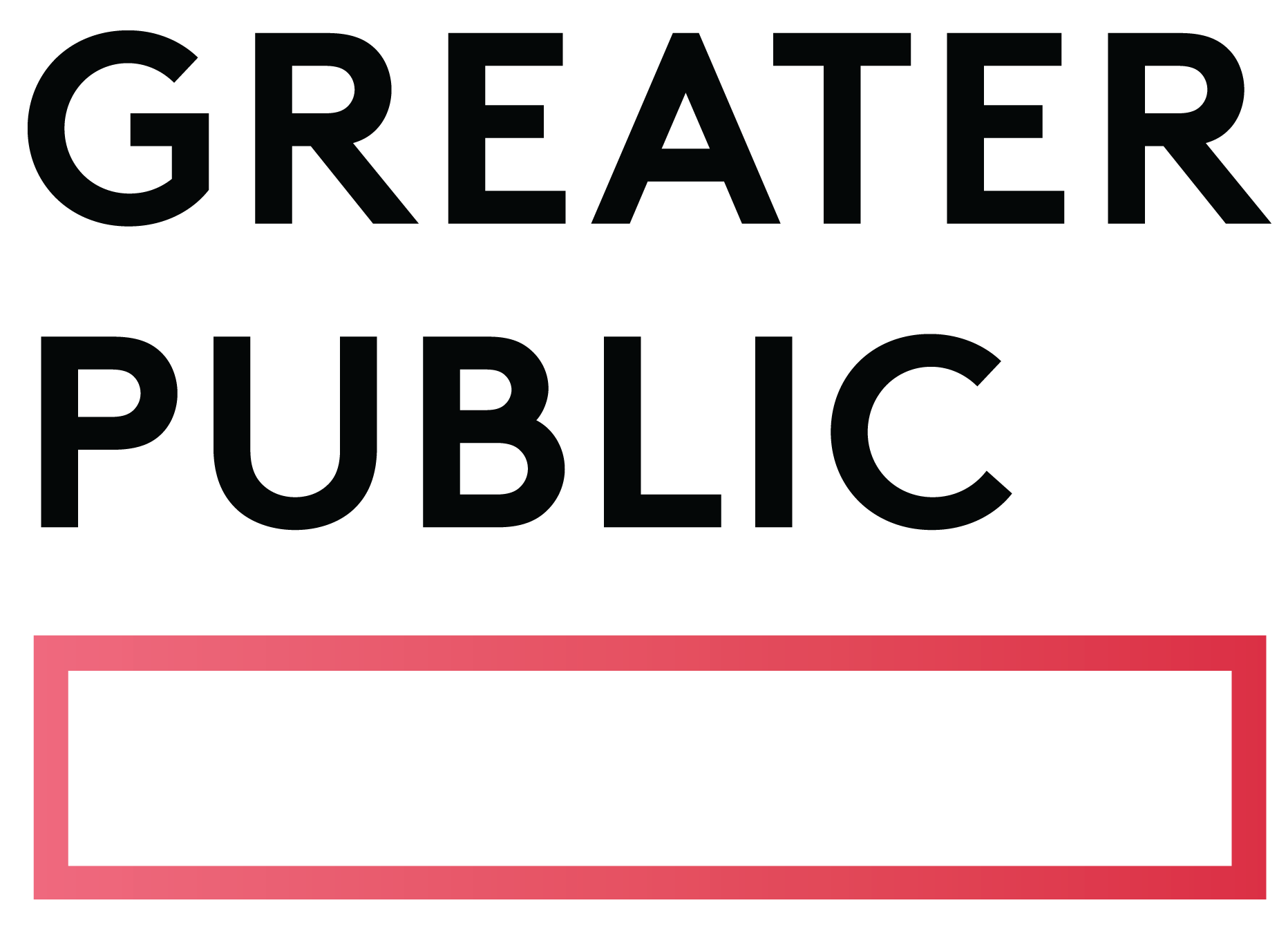Webinar: Bringing Equity and Inclusivity to Your Donor Interactions and Communications, With the Super Fundraiser Aliguma Young
Presented by Aliguma Young, CEO, The Super Fundraiser
- Apr 28, 2021 1:00pm
- Eastern Time Zone
- |
- 60 minutes
This is a two-part webinar. Part 1: Wednesday, April 14, 2021 at 1:00 p.m. Eastern / 10:00 a.m. Pacific Part 2: Wednesday, April 28, 2021 at 1:00 p.m. Eastern / 10:00 a.m. Pacific Join us as we continue our conversation with Aliguma Young, CEO of The Super Fundraiser, about how we can create diversity by building equitable spaces and inclusive messaging to connect with donors and strengthen trust in our relationships. Part 1: Creating an…
Related content
